
News . Feature Stories . Sharing strengths across the sea
News
January 24, 2017
Sharing strengths across the sea
Whittey guides students in concept-based art during China visit
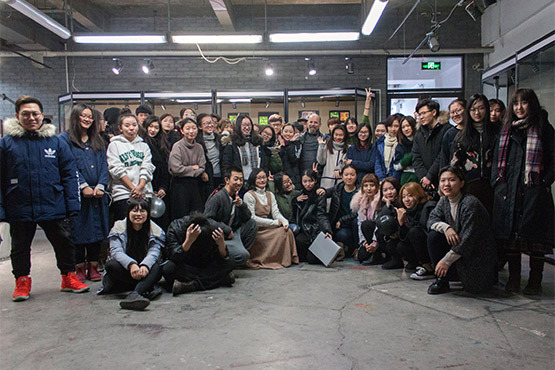
By Karen Sandstrom
The students at the Chinese art school have enviable drawing skills, but there’s more to art than technical chops. So CIA’s Christopher Whittey spent 10 days teaching them “not how to make art, but how to think art. How do you think about art making?”
As CIA’s Senior Vice President for Academic Affairs, Whittey makes regular overseas trips to introduce the college to Asian students who may want to study here. (When these trips began, around 2 percent of CIA’s student body was international. Last year, it reached over 11 percent.)
In November, Whittey had a residency at the Affiliated High School of the Central Academy of Fine Art (CAFA) near Beijing. His charges were about 70 teenagers being groomed to study art in college and who have an interest in studying abroad.
“They gave me carte blanche,” Whittey says. “I could do almost anything I wanted, but the point was to get them to work more conceptually or more intellectually.”
Whittey visited the school in 2015 as well, when he first laid eyes on the extraordinary quality of the students’ drawing and painting. “The senior work was up, and we were floored,” Whittey says. “We witnessed a very wide array of media and work that evinced a very, very serious investigation of art, design, and image making.”
Dedicated and hardworking, the students, Whittey found, needed encouragement to bring more critical thinking and imagination into the studio. The state-funded system that prepares young artists to apply for admission to the art academies teaches a limited and tradition-bound set of skills.
“It’s a massive country, and there’s a handful of top-rated art schools,” Whittey says. “It’s so competitive, that [students] have to follow this regimen. If you want to get in, you have to do those kinds of paintings.”
Whittey took them in a different direction. His assignment began with a simple prompt “on the idea of a moment as opposed to a minute. I thought this would be really challenging and help them with their English skills.”
It took the students a while to grasp what distinguishes a “moment” from a “minute,” but when they broke into groups the ideas spilled forth. What resulted was an exhibition of sculpture and installation art that stretched the students’ sense of themselves as artists. In a follow-up after the trip, one of the lead instructors at the program, Brad Kuhl, told Whittey, “The second-year students are having a review of all their work right now, and this project stands out as the strongest work in their portfolio.”
The experience impressed on Whittey, once again, some of the wonders of the cross-cultural experience.
“In China, there’s tons and tons of little shops on both sides of the road covering whatever you want [to buy]. One day I walk into class, and this group is drawing a pyramid shape. I come in the next day and they have a 7-foot pyramid welded out of aluminum rod — because you can just go onto the street and have something welded if you need it.”
Whittey is happy to bring these experiences back to CIA.
“The Chinese have a big reputation for being hard workers. They know that, and they like that about themselves. They work really hard,” he says. “Here, it’s not that our native-born students don’t work hard — they do, and they’re wildly gifted. But it’s good for them to see how driven other people can be to accomplish the ends they want to do with their lives.”
Whittey says he’s never had such a wonderful teaching opportunity. “We just bonded in the biggest way. At the end of the visit, we’re all standing in this big room, 65 or 70 kids in a semi circle. We’re just talking. I was telling them about [French philosopher] Alain Badiou on the idea of evil. I said he considers giving up to be the biggest evil there is.
“Then I said thanks, and waved goodbye. I went about 10 steps, and I turned around and they were all still standing there. They didn’t want to leave.”
Latest Headlines view all
-
April 02, 2024
Cleveland Institute of Art students partner with Progressive Art Collection to exhibit Ready, Set, Relay! -
March 04, 2024
Cleveland Institute of Art announces Curlee Raven Holton Inclusion Scholar Program -
November 06, 2023
Collision of art and artificial intelligence creates murky waters for artists, curators and educators
Questions?
For more information about this or other CIA news, contact us here.
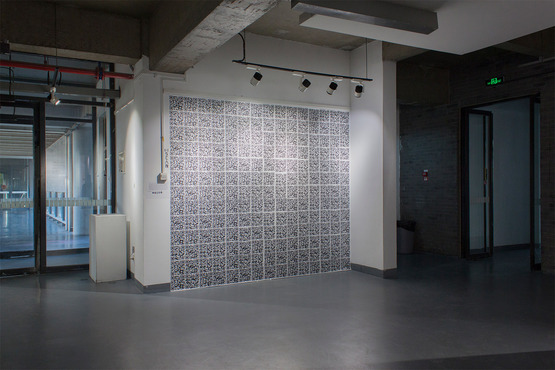
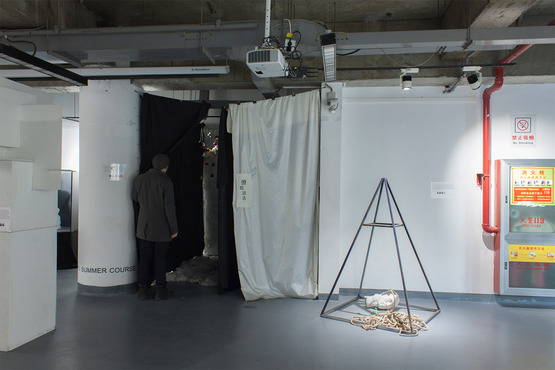
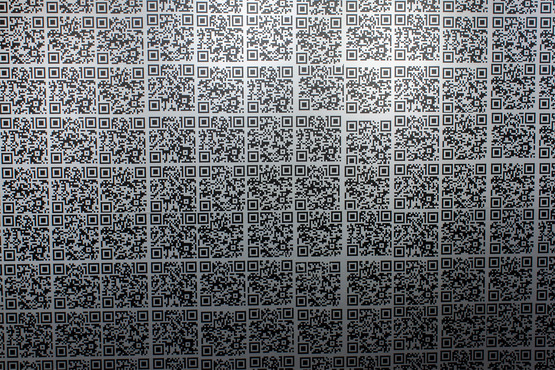
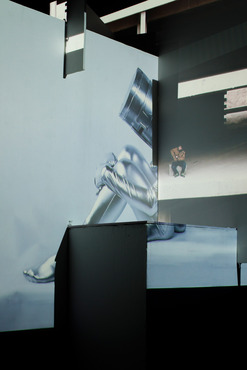
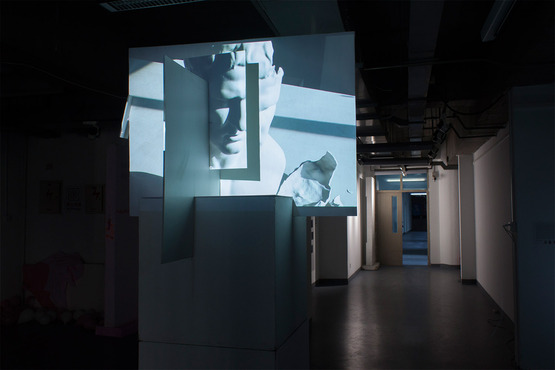




Social Feed